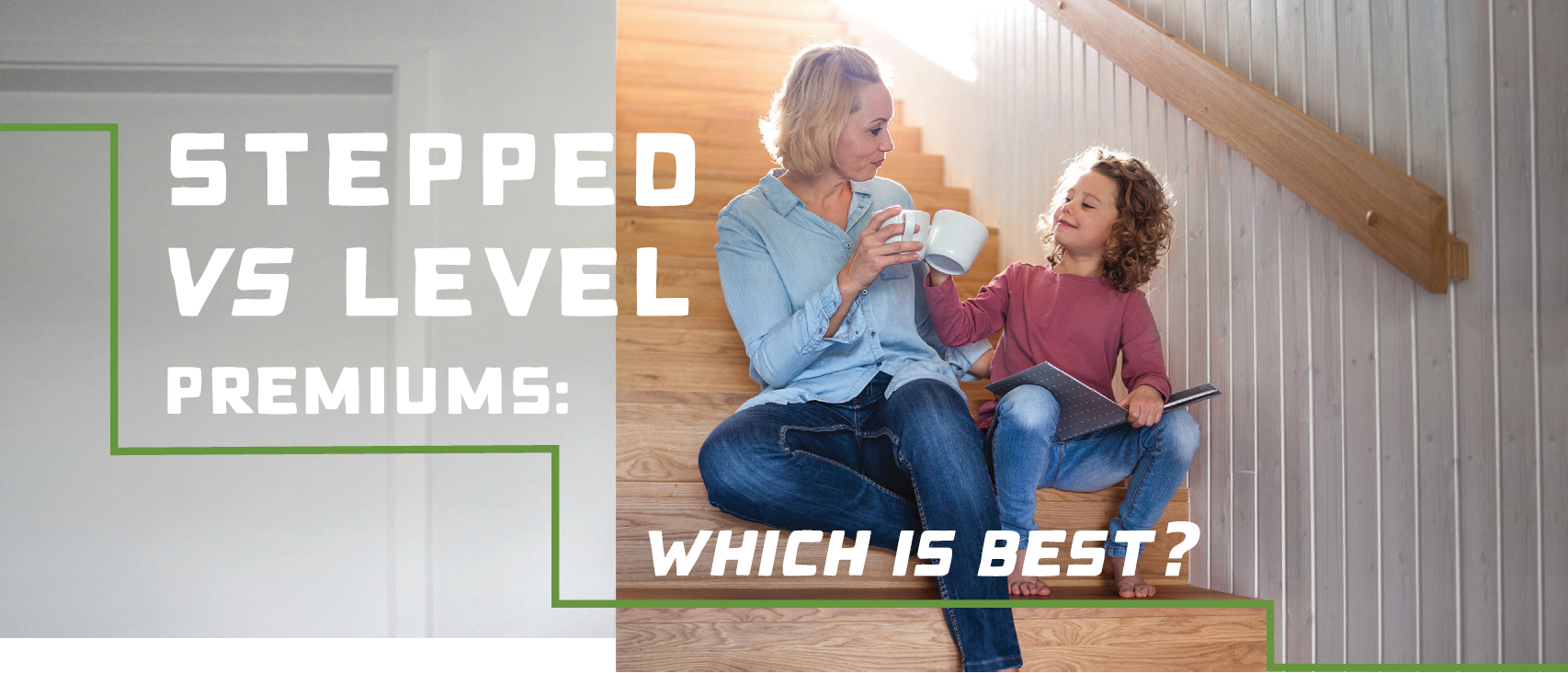Stepped vs level premiums: which is best?
These days, most people hold some form of life insurance in their super account. While this is a welcome safety net, the level of cover held this way is often inadequate.
Holding the appropriate level of life insurance, whether inside or outside super, and reviewing it regularly as your circumstances change has never been more important. After all, how would your family cope if the unexpected happened? How would the mortgage be paid? What about the school fees?
While life insurance should be considered a non-negotiable part of your financial plan, there is flexibility and potential cost savings in the way you pay for it.
Stepped vs level premiums
The regular and ongoing payments you make for life insurance cover are known as premiums.
You can choose either a stepped premium, or a level premium, or a combination of the two.
A stepped premium is where the amount you pay each year increases while a level premium generally stays the same each year.
While stepped premiums are always cheaper at the outset, over time the total cost of the stepped premium will outstrip that of the level premium. Ironically, the time when you consider cancelling the policy because it is becoming too expensive is likely to be just when you need life insurance cover the most. That is, when the demands on your income from your mortgage, childcare and private school fees are at their highest and the loss of your income would hurt the most.
Level premiums meanwhile start at a higher level but are less likely to change over time. That does not mean they won’t increase but this would only be in circumstances where the policy is indexed to inflation or if you decide to increase your cover.
The earlier, the better
The younger you are when you take out a life insurance policy, the lower the premiums. This is the case whether you opt for stepped or level payments.
But at some stage there will be a breakeven point where you start to make substantial savings with a level premium. This is particularly the case if you hold on to the policy till aged 65.
It's a personal decision
There are many reasons why you might choose a level premium, not least because it allows you to have certainty when it comes to budgeting.
But for many, the lure of cheaper premiums at the beginning can steer you to favour stepped premiums. Also, if you do not plan on holding life insurance for an extended period, but perhaps just until your children become independent or the mortgage is paid, then stepped premiums might work out best.
Some insurers can offer you a combination of stepped and level premiums which might help with your cash flow.
i https://www.insurancenews.com.au/life-insurance/super-reforms-reveal-scale-of-underinsurance
ii https://www.choosi.com.au/life-insurance/articles/do-australians-have-enough-insurance
iii https://www.insurancewatch.com.au/stepped-vs-level-premiums.html
iv https://www.insurancewatch.com.au/stepped-vs-level-premiums.html

